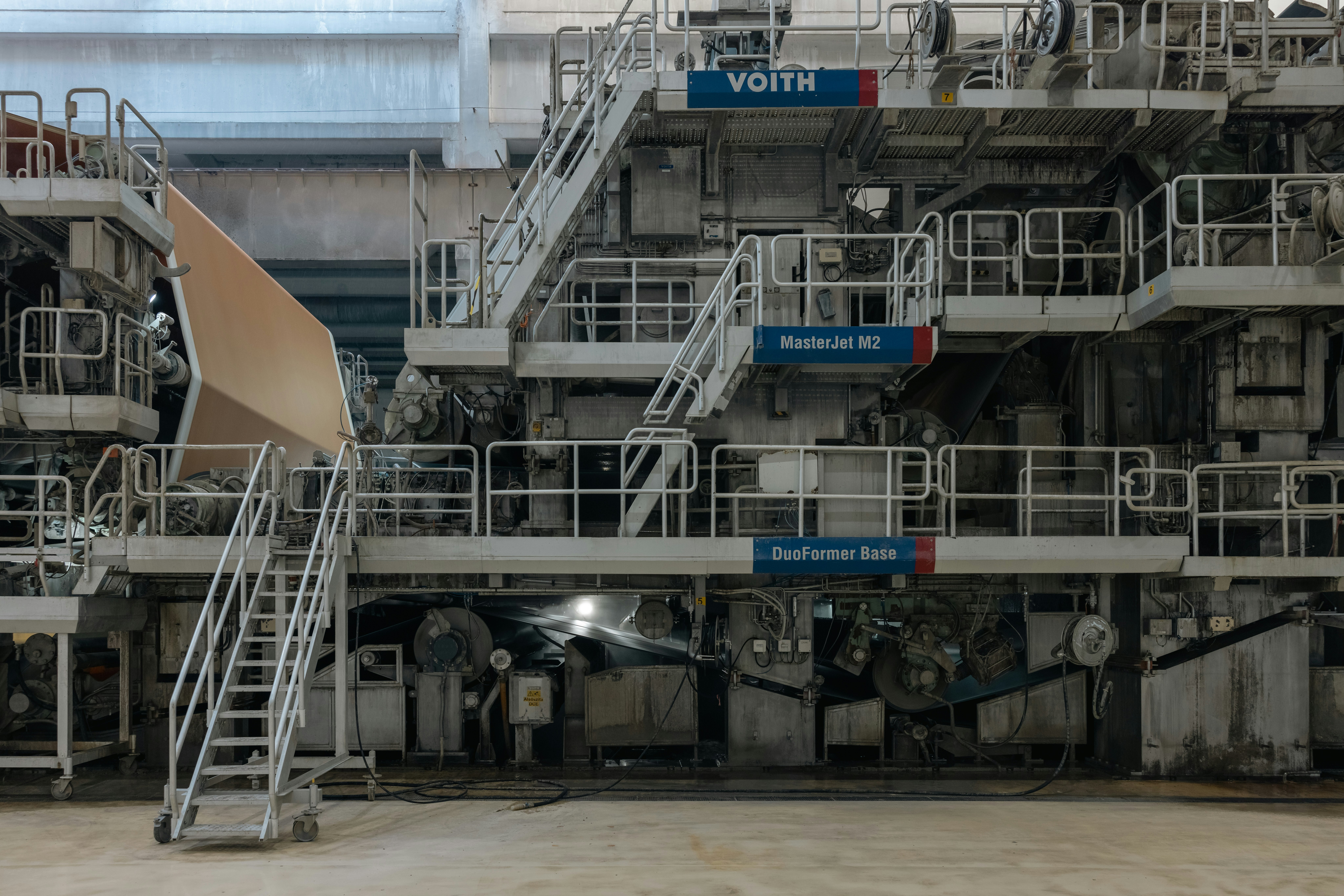
Dunakontroll
17 trees and 20,000 gallons of water are used to make 1 ton of paper towels. Every day in the US alone, 3,000 tons of paper towel waste is produced, requiring 39 million plastic bags for disposal each every year. Extended to the entire paper industry, the imperative to make recycled paper cost effective and efficient is huge.
"The first reason that we do what we do is to help save our environment. This is the most important.”
With the potential to have a massive impact on both cost savings and sustainability, the recycled paper industry provides a unique opportunity for innovative technological advancements. In the United States alone, the industry employs over 100,000 people and ingests more than 31 million tons of recovered paper every year. Globally, the paper and pulp industry as a whole is projected to grow to 372.7 billion USD by 2029.
The pulp and fibers that make up paper are able to be used and reused at least seven times over the course of their productive life. This means that paper can be made new again, reducing the environmental burden on paper consumption by lowering the amount of harvested trees as well as the amount of water used in production.
At the same time, there is a shortage of recycled paper on the market. Dunakontroll has developed a lidar-powered volumetric measurement solution that significantly improves operational ease for recycled paper producers, resulting in massive cost savings and increased output of recycled paper pulp.
The Challenge
The moisture content of recycled paper pulp is essential for two reasons: operations and economics. Inaccurate moisture assessment of paper pulp creates a waste of time, money, and materials. In order to process the paper and implement the correct ratio of additional components (e.g., water), it is essential to know the incoming moisture content. Recycled paper plants are only interested in purchasing the fibrous components of the material. Moisture content is dead weight and recycled paper is bought and sold on the weight of the fiber alone. Having an accurate measurement of water weight changes the final price of the pulp.
With some plants processing as much as 37,500 tons of paper per day at a price of $150-200 per ton, a price correction of just 3-4% based on more accurate measurements can result in a difference between $80 and $110 million annually.

Prior to this, it was impossible to even control one one hundredth of a percent of incoming material. Now we can accurately measure 70-80% of our incoming material in just a few minutes and that is essential not just for cost savings, but also for the entire manufacturing process.
The Solution
Dunakontroll has developed a system that uses microwave technology, Ouster 3D lidar, and Outsight software to accurately measure the moisture content of recycled paper pulp. By providing a comprehensive picture of the incoming load, this system saves time and money, eliminates waste, and helps ensure that the fibrous components of the pulp are purchased and sold at the correct weight. To keep the system's sensor count, processing, and footprint to a minimum, Dunakontroll uses Ouster OS0s, which are reliable and durable in all climates, to scan incoming trucks at short range. A shared commitment to increasing the safety, efficiency, and sustainability of industrial applications, along with Industry leading accuracy, made the Ouster OS0 a natural fit for Dunakontroll’s applications.
Results
The result of this is a precise scan of each incoming load, completed in 20-30 seconds, including highly accurate moisture content readings. All of this is done while the truck carrying the recycled paper drives through a gantry system on its way to delivering its load. The volumetric measurement results in more accurate pricing for meaningful cost savings along with more efficient operations and a more sustainable use of resources.
As it expands, Dunakontroll aims to diversify its applications and positive impact by branching out beyond the recycled paper market and targeting various industries such as wood, forestry, and agriculture, offering new levels of efficiency and cost savings to each of these sectors.










